Preface
Acknowledgments
Introduction
Structure of computer architecture (r)evolution
Importance of performance evaluation
Book outline
Performance Metrics
Single-threaded workloads
Multi-threaded workloads
Multiprogram workloads
System throughput
Average normalized turnaround time
Comparison to prevalent metrics
STP versus ANTT performance evaluation
Average performance
Harmonic and arithmetic average: Mathematical viewpoint
Geometric average: Statistical viewpoint
Final thought on averages
Partial metrics
Workload Design
From workload space to representative workload
Reference workload
Towards a reduced workload
PCA-based workload design
General framework
Workload characterization
Principal component analysis
Cluster analysis
Applications
Plackett and Burman based workload design
Limitations and discussion
Analytical Performance Modeling
Empirical versus mechanistic modeling
Empirical modeling
Linear regression
Non-linear and spline-based regression
Neural networks
Mechanistic modeling: interval modeling
Interval model fundamentals
Modeling I-cache and I-TLB misses
Modeling branch mispredictions
Modeling short back-end miss events using Little's law
Modeling long back-end miss events
Miss event overlaps
The overall model
Input parameters to the model
Predecessors to interval modeling
Follow-on work
Multiprocessor modeling
Hybrid mechanistic-empirical modeling
Simulation
The computer architect's toolbox
Functional simulation
Alternatives
Operating system effects
Full-system simulation
Specialized trace-driven simulation
Trace-driven simulation
Execution-driven simulation
Taxonomy
Dealing with non-determinism
Modular simulation infrastructure
Need for simulation acceleration
Sampled Simulation
What sampling units to select?
Statistical sampling
Targeted Sampling
Comparing design alternatives through sampled simulation
How to initialize architecture state?
Fast-forwarding
Checkpointing
How to initialize microarchitecture state?
Cache state warmup
Predictor warmup
Processor core state
Sampled multiprocessor and multi-threaded processor simulation
Statistical Simulation
Methodology overview
Applications
Single-threaded workloads
Statistical profiling
Synthetic trace generation
Synthetic trace simulation
Multi-program workloads
Multi-threaded workloads
Other work in statistical modeling
Parallel Simulation and Hardware Acceleration
Parallel sampled simulation
Parallel simulation
FPGA-accelerated simulation
Taxonomy
Example projects
Concluding Remarks
Topics that this book did not cover (yet)
Measurement bias
Design space exploration
Simulator validation
Future work in performance evaluation methods
Challenges related to software
Challenges related to hardware
Final comment
Bibliography
Author's Biography

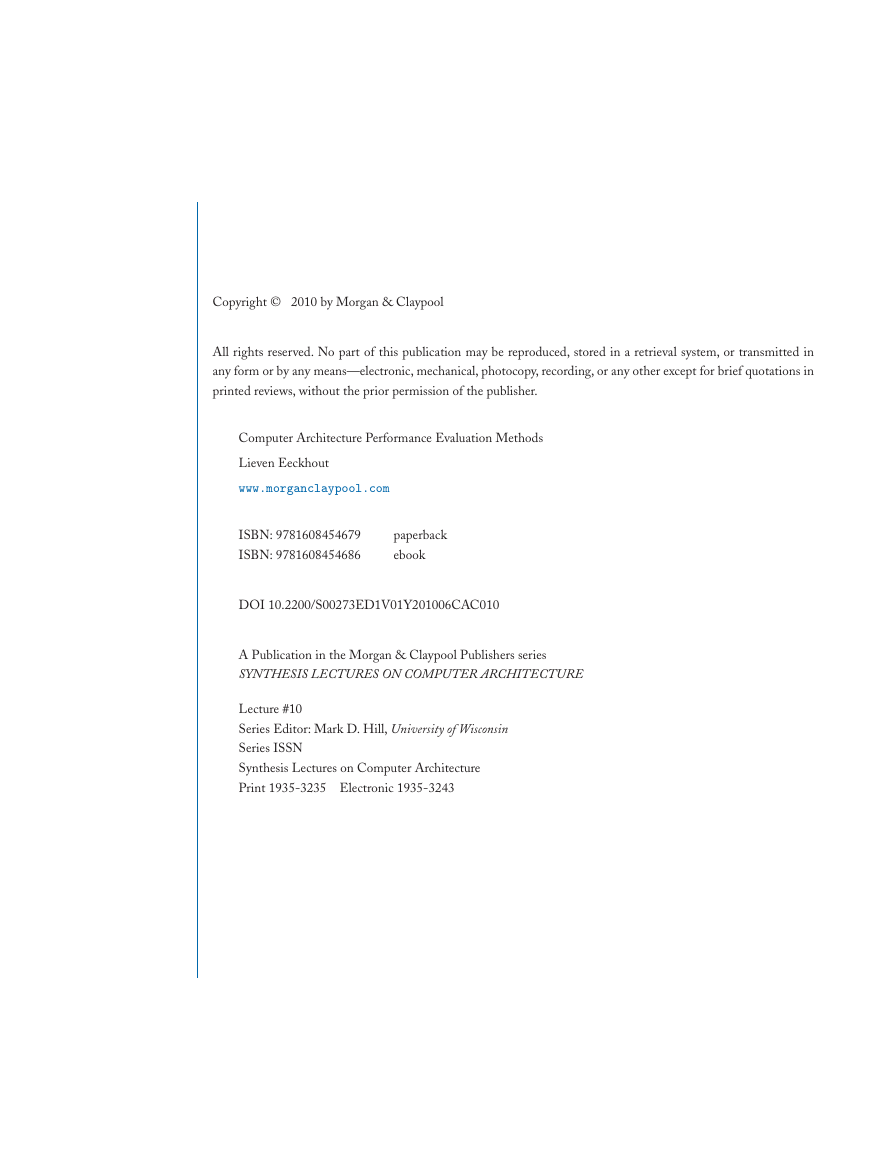
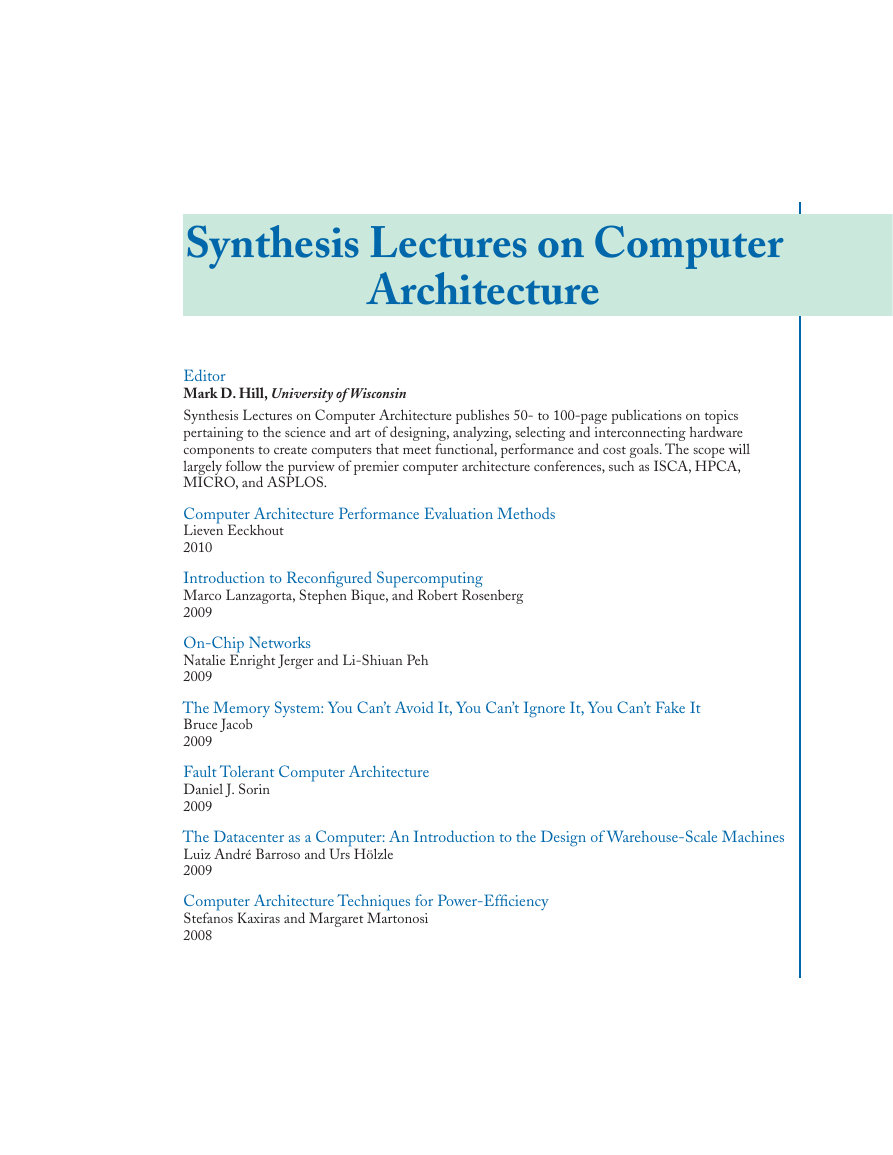
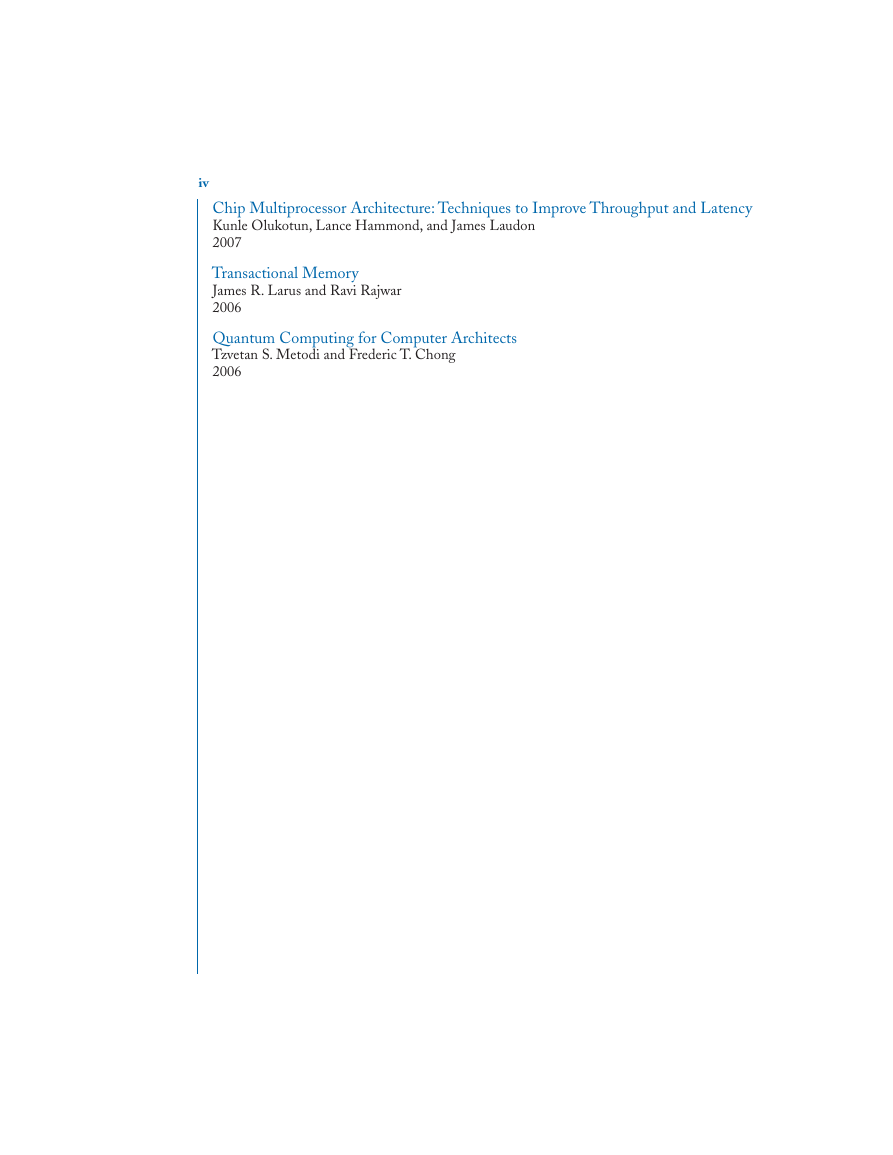
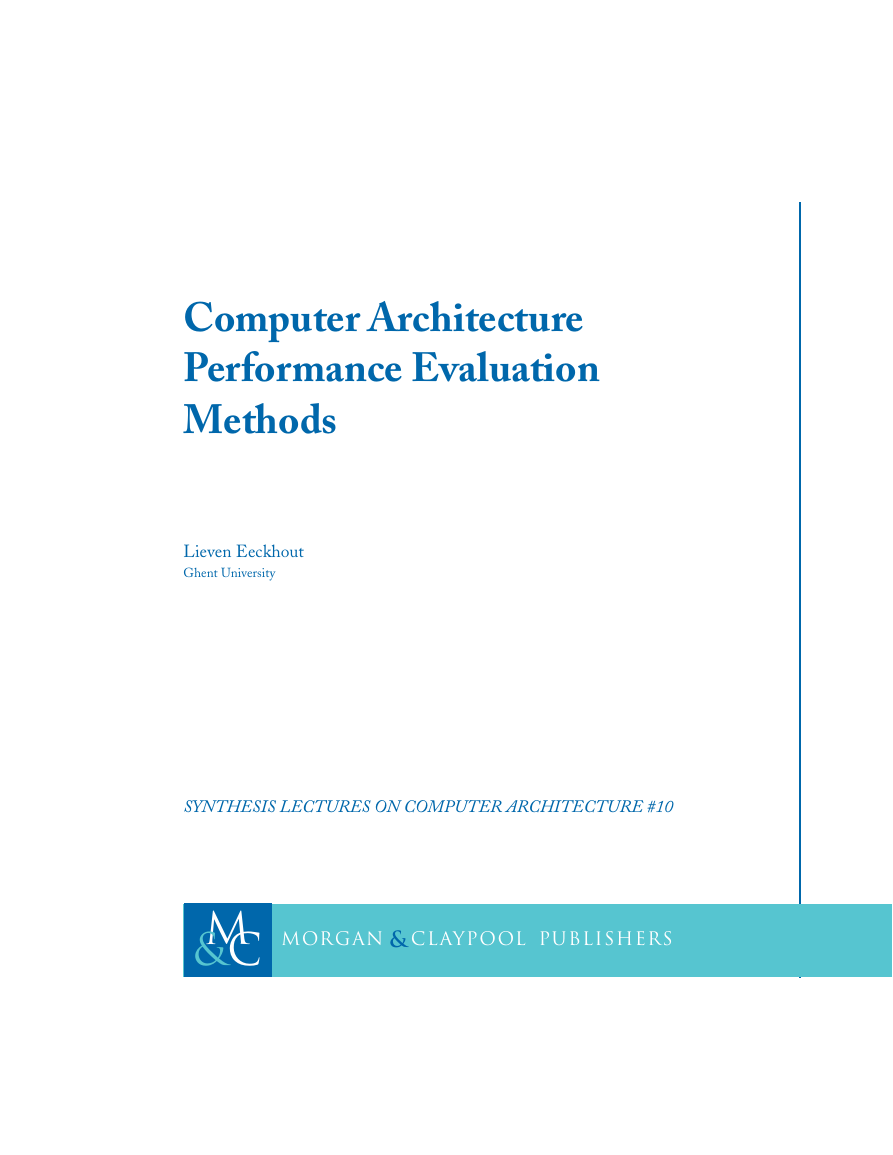
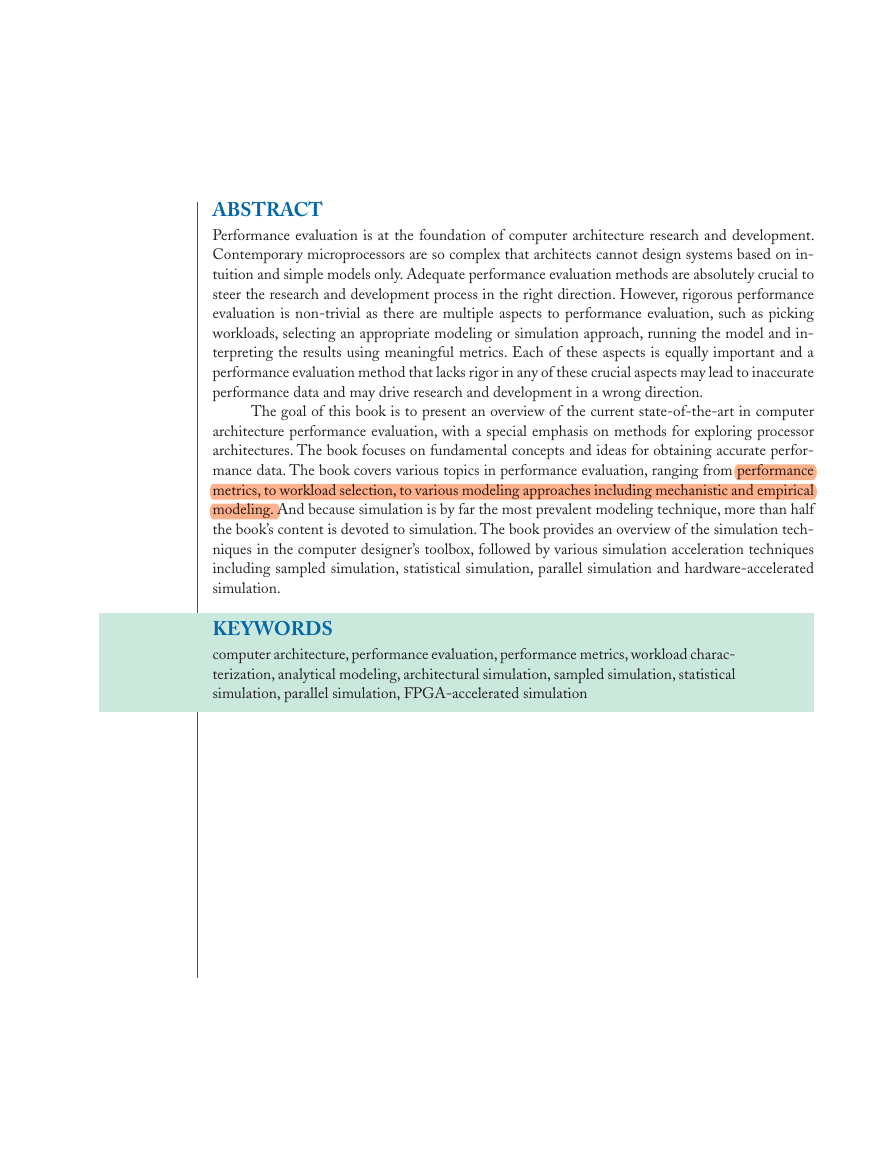
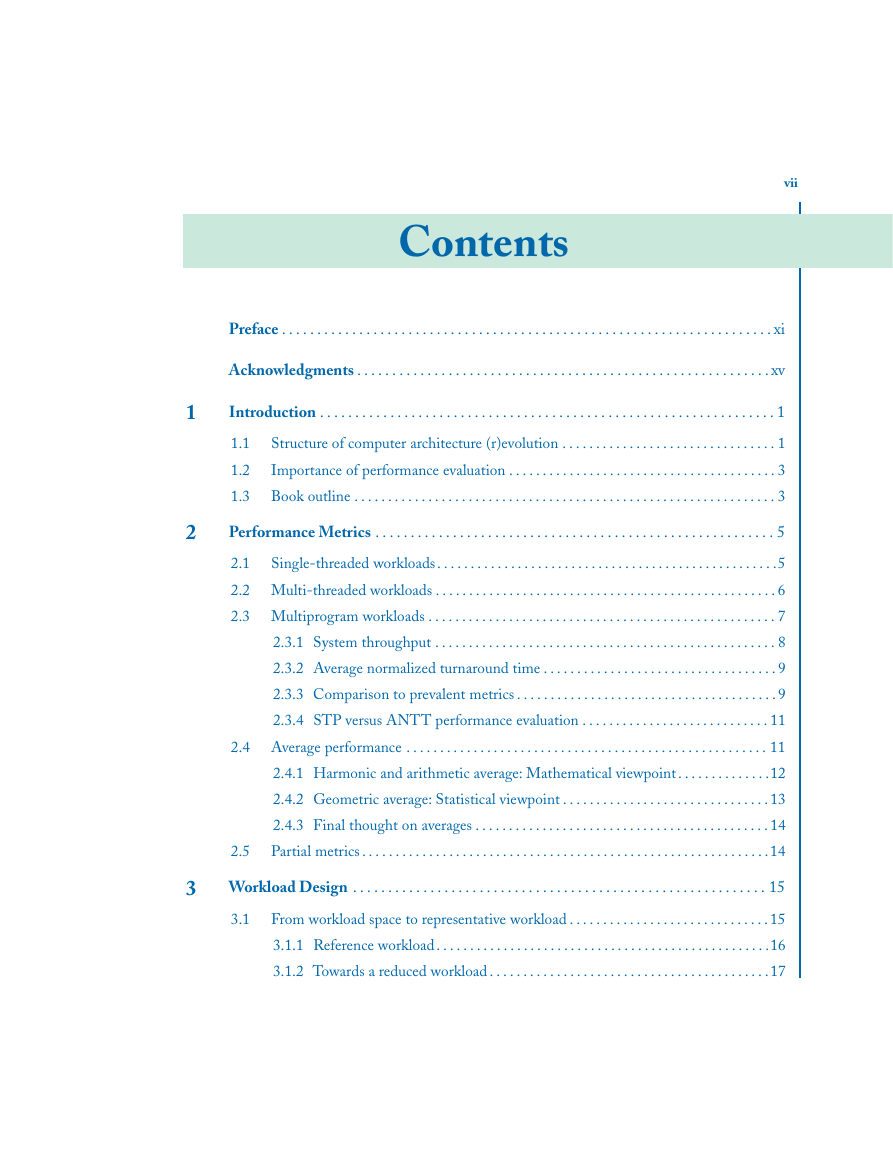
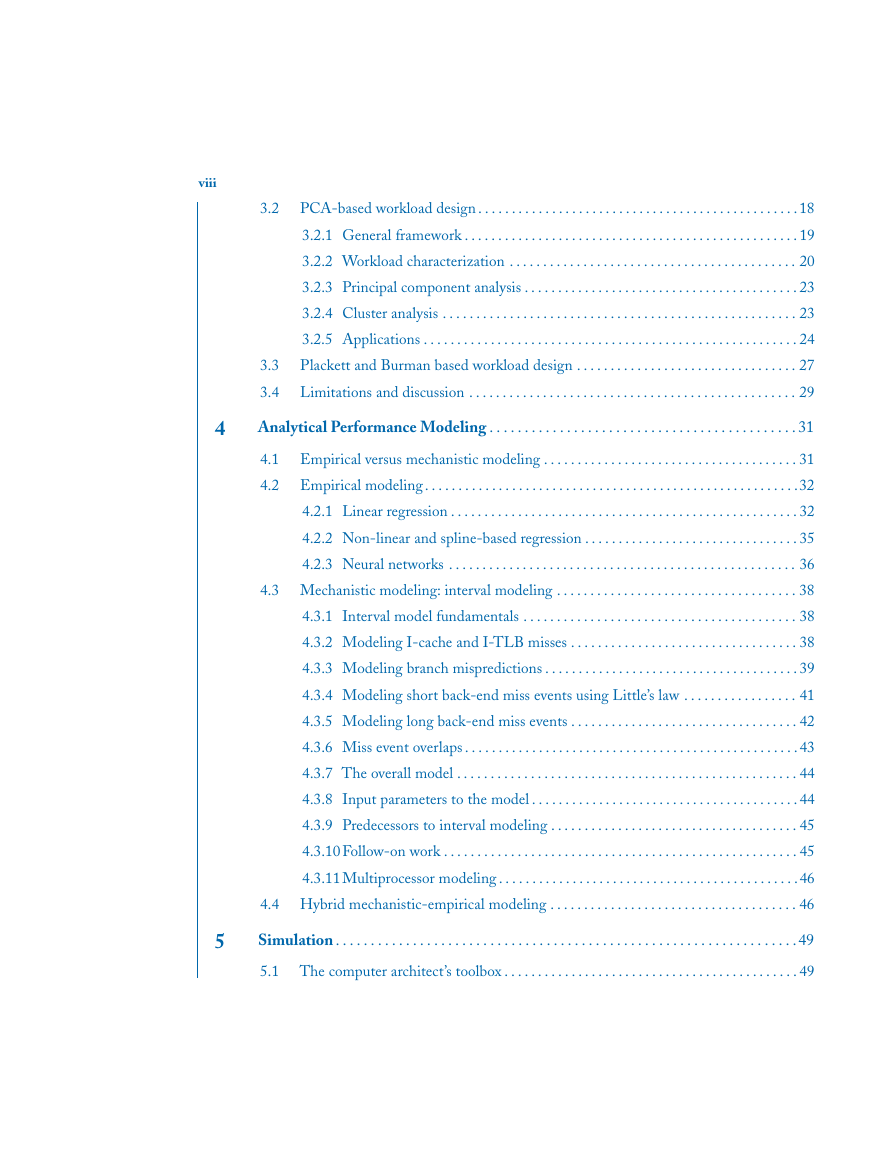








 2023年江西萍乡中考道德与法治真题及答案.doc
2023年江西萍乡中考道德与法治真题及答案.doc 2012年重庆南川中考生物真题及答案.doc
2012年重庆南川中考生物真题及答案.doc 2013年江西师范大学地理学综合及文艺理论基础考研真题.doc
2013年江西师范大学地理学综合及文艺理论基础考研真题.doc 2020年四川甘孜小升初语文真题及答案I卷.doc
2020年四川甘孜小升初语文真题及答案I卷.doc 2020年注册岩土工程师专业基础考试真题及答案.doc
2020年注册岩土工程师专业基础考试真题及答案.doc 2023-2024学年福建省厦门市九年级上学期数学月考试题及答案.doc
2023-2024学年福建省厦门市九年级上学期数学月考试题及答案.doc 2021-2022学年辽宁省沈阳市大东区九年级上学期语文期末试题及答案.doc
2021-2022学年辽宁省沈阳市大东区九年级上学期语文期末试题及答案.doc 2022-2023学年北京东城区初三第一学期物理期末试卷及答案.doc
2022-2023学年北京东城区初三第一学期物理期末试卷及答案.doc 2018上半年江西教师资格初中地理学科知识与教学能力真题及答案.doc
2018上半年江西教师资格初中地理学科知识与教学能力真题及答案.doc 2012年河北国家公务员申论考试真题及答案-省级.doc
2012年河北国家公务员申论考试真题及答案-省级.doc 2020-2021学年江苏省扬州市江都区邵樊片九年级上学期数学第一次质量检测试题及答案.doc
2020-2021学年江苏省扬州市江都区邵樊片九年级上学期数学第一次质量检测试题及答案.doc 2022下半年黑龙江教师资格证中学综合素质真题及答案.doc
2022下半年黑龙江教师资格证中学综合素质真题及答案.doc